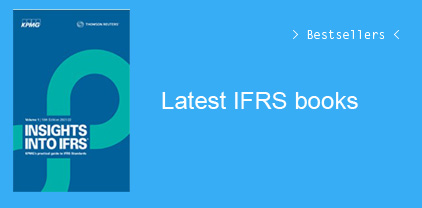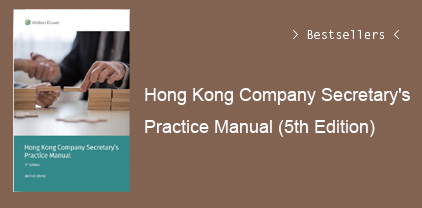1 General Accounting Considerations .01-.52
Introduction .01-.03
Authoritative Status and Effective Date .04-.12
Transitioning to the New Standard .09-.12
Post-Standard Activity .13-.15
Overview of FASB ASU No2014-09, Revenue from Contracts with Customers .16-.33
Step 1: Identify the Contract with a Customer .18-.20
Step 2: Identify the Performance Obligations in the Contract .21-.24
Step 3: Determine the Transaction Price .25-.26
Step 4: Allocate the Transaction Price to the Performance Obligations in the Contract .27-.29
Step 5: Recognize Revenue When (or as) the Entity Satisfies a Performance Obligation .30-.33
Costs to Obtain or Fulfill a Contract With a Customer .34-.38
Incremental Costs of Obtaining a Contract .34-.35
Costs of Fulfilling a Contract .36-.38
Disclosures .39-.40
Other Topics .41-.52
Presentation of Contract With a Customer .41
Sale With a Right of Return .42
Warranties .43
Principal versus Agent .44
Customer Options for Additional Goods or Service—Material Rights .45
Customer’s Unexercised Rights .46
Nonrefundable Upfront Fees .47
Licensing .48
Repurchase Agreements .49
Consignment Arrangements .50
Bill-and-Hold Arrangements .51
Customer Acceptance .52
2 General Auditing Considerations .01-.206
Introduction .01-.05
Auditing the Five-Step Model of FASB ASC 606 .06-.41
Step 1: Identify the Contract(s) With a Customer .08-.15
Step 2: Identify the Performance Obligations in the Contract .16-.23
Step 3: Determine the Transaction Price .24-.31
Step 4: Allocate the Transaction Price to the Performance Obligations in the Contract .32-.38
Step 5: Recognize Revenue When (or as) the Entity Satisfies a Performance Obligation .39-.41
Auditing Considerations in the Adoption and Transition to FASB ASC 606 .42-.54
General Audit Considerations Over Revenue Recognition .55-.66
Risk Assessment and Fraud Risk Under FASB ASC 606 .67-.100
Audit Planning .68-.69
Assignment of Personnel and Supervision .70-.71
Establishing an Overall Strategy .72
Audit Risk .73-.76
Understanding the Entity and Risk Assessment .77-.84
Inquiry .85-.86
Reading and Understanding Contracts .87
Reviewing Process Narratives and Process
Flow Diagrams .88
Reviewing Internal Control Manuals, Policy Manuals, or Similar Documentation .89-.90
Discussion Among the Audit Team .91
Assessing the Risks of Material Misstatement .92-.93
Identification of Significant Risks .94-.100
Specific Audit Considerations Over Revenue Recognition .101-.111
Side Agreements .101-.102
Channel Stuffing .103
Related-Party Transactions .104-.108
Significant Unusual Transactions .109
Nature of Business and Accounting for Revenue .110-.111
Potential Accounting Misstatements .112-.120
Identify the Contract With the Customer .114-.115
Identify the Performance Obligations in the Contracts .116
Determine the Transaction Price .117
Allocate the Transaction Price to the Performance Obligations .118
Recognize Revenue When (or as) the Entity Satisfies a Performance Obligation .119-.120
Consideration of Fraud as it Relates to Revenue .121-.128
Discussion Among Engagement Personnel Regarding the Risks of Material Misstatement Due to Fraud .126-.127
The Importance of Exercising Professional Skepticism .128
IFRS 15 Versus FASB ASC 606 .129
The Role of Controls Over Financial Reporting in Revenue Recognition .130-.147
Control Environment .132-.137
Risk Assessment .138-.141
2 General Auditing Considerations—continued Control Activities .142-.143
Information and Communication .144-.145
Monitoring .146-.147
Obtaining Audit Evidence .148-.176
Types of Substantive Procedures .151-.158
Potential Issues in Obtaining Audit Evidence .159
Audit Evidence Related to the Five Steps of Revenue Recognition Under FASB ASC 606 .160-.176
Auditing Estimates .177-.181
Potential Area of Focus—Management Bias .180-.181
Management Representations .182-.186
Independence .187-.196
Consultation .189-.191
Situations in Which Auditors Can Assist During Transition .192-.196
Disclosures .197-.198
Smaller Entities .199
Audit Documentation .200-.206
Appendix A Overview of Statements on Quality Control Standards
































